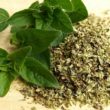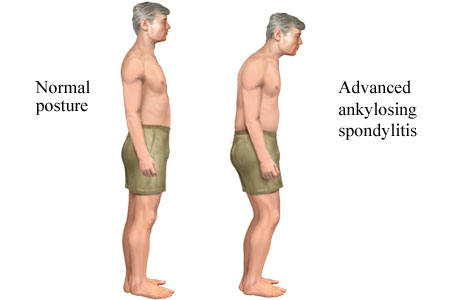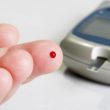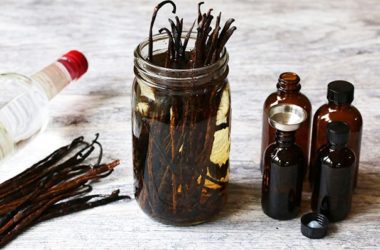An inflammatory disease that’s closely related to arthritis, ankylosing spondylitis or AS is a condition involving the spine. It causes some of the vertebrae, the bones of the spine, to fuse because of inflammation of the vertebral joints. The fusion of the vertebrae leaves the spine less mobile. It also causes severe pain that is chronic in nature. Additionally, someone with ankylosing spondylitis may exhibit a forward-stooped posture (kyphosis).
There is no known cure for ankylosing spondylitis. However, there are medical treatments and therapies available that can help in managing the symptoms. There are also a few dietary and lifestyle changes suited for dealing with the condition.
Cause
Inflammation of the vertebral joints may cause the formation of new bone cells, and this is the reason why severe cases of ankylosing spondylitis may cause some of the vertebrae to fuse.
Medical authorities are unsure as to what triggers the vertebral joints to get inflamed and lead to ankylosing spondylitis. However, experts say that it’s apparent that genetic factors have a say in it. Individuals with the gene called HLA-B27 seem to be at higher risk of ending up with the condition involving the spine.
Risk Factors
Just like what’s mentioned earlier, having the HLA-B27 gene may put a person at risk of developing ankylosing spondylitis. In other words, it is not unlikely for you to suffer from ankylosing spondylitis if you have a relative afflicted with it.
It is also said that men are more at risk of having ankylosing spondylitis than women. In terms of age, the condition tends to start during the afflicted person’s adolescent years or early adulthood. However, it may also affect children and the elderly. Those who frequently suffer from gastrointestinal infections are said to be at high risk as well.
Symptoms
Some of the earliest symptoms of ankylosing spondylitis include stiffness and severe pain in the lower back and hips. This is especially true after long periods of lack of physical activity such as in the morning. As the condition involving the spine progresses, the symptoms tend to worsen. It is also possible for the stiffness and severe pain to come and go.
The area where the spine and pelvis meet is usually the one that’s affected by ankylosing spondylitis. The condition may also strike any vertebral joint in the lower back. It’s not unlikely for the condition to also affect the cartilages found in the ribcage, breastbone, shoulders and even the back of the heel.
When the ribcage is affected by ankylosing spondylitis, the sufferer may have breathing difficulty. This is due to the fusing of the bones of the ribcage, preventing it from expanding completely during breathing.
Complications
Severe cases of ankylosing spondylitis may involve certain complications. Because it is an inflammatory disease, it doesn’t come as a surprise why it may cause eye inflammation (uveitis). Ankylosing spondylitis may also cause heart problems when the aorta, the largest artery you have, becomes inflamed. Having fractures is another complication as the condition may also cause the bones to become thin and weak.
Medical Treatments
Even though there is no known cure for ankylosing spondylitis, there are certain drugs that may be prescribed in order to ease the pain and discomfort associated with the condition. Physical therapy may also be recommended by a doctor in order to help improve physical strength and the flexibility of the spine.
In severe cases, surgery may be warranted. This approach applies to those whose ankylosing spondylitis is so extensive that the joints are badly damaged or the hip needs to be replaced.
Natural Remedies
Having regular stretching exercises can be beneficial for someone with ankylosing spondylitis. Practicing good posture while standing, sitting or even lying in bed is highly recommended.
Warm showers or baths can help provide relief to the discomfort associated with ankylosing spondylitis. Having a massage, performing yoga and doing relaxation techniques can be beneficial too in managing the symptoms.
Diet-wise, it’s a good idea for you to opt for an anti-inflammatory diet. This means that you have to steer clear of anything laden with sugar and starch. Adding lots of fish, nuts, seeds and other sources of healthy fats in the diet can be very beneficial as well in order to ward off inflammation.













